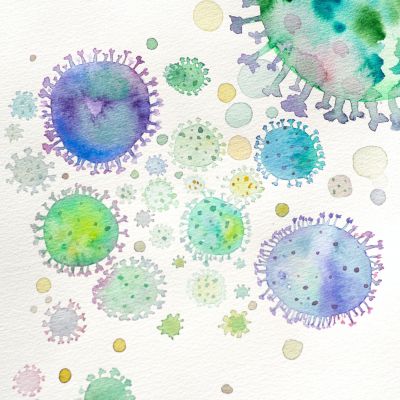Specialties
Dr. Susan L. Marra is a naturopathic doctor who focuses on complex and chronic illnesses, including Lyme disease, mold exposure, viral infections, and cognitive or neurological conditions. Select the specialty below you are looking for to learn more.
View All Specialties

Dr Susan Marra provides progressive, integrated, and personalized healthcare for YOU. Now offering telehealth and in-person office visits for your convenience. If you’re seeking help with any of our specialties, contact Dr. Marra to schedule your first appointment.

welcome












